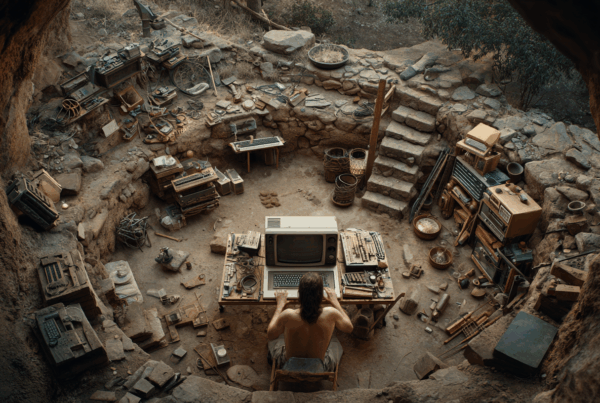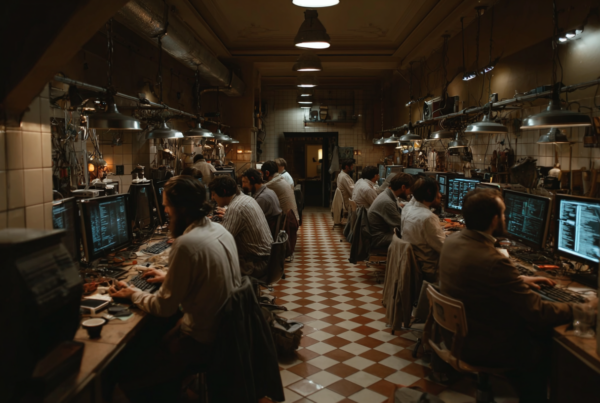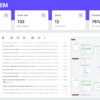I’ve built companies through the dot-com crash, the 2008 collapse, and the rise of SaaS. I’ve seen business move through slow, stable cycles. But NOTHING has bent time like AI.
This technology has changed the tempo of business itself. It’s broken the 5-year plan.
Why the long game used to work
Previously, long-range planning was strategic. New industries didn’t emerge every quarter. Hiring took months. Product cycles were measured in years. Stability was counted on.
Investors wanted predictability. Teams needed certainty. You could chart your course with confidence and build infrastructure around the plan.
We used to map 3-, 5-, even 10-year arcs. It was how you raised capital, attracted talent, and earned trust.
But that world is gone. In my humble opinion.
Speed is the new killer of static planning
Large language models, AI copilots, and agentic workflows are completely transforming how work gets done. What used to take six months can now be executed in a week. What once required a team of specialists can now be handled by a lean squad and the right prompts.
Of course this isn’t true across the board. But in many cases it absolutely is.
This isn’t hype. The velocity of business is speeding up quickly.
AI didn’t just give us better tools. It compressed time.
Today, the idea of locking into a 5-year roadmap feels somewhat silly. That roadmap MAY be irrelevant by the end of the next quarter. And yet, I see businesses clinging to these plans like lifeboats. Trying to steer with blueprints drawn in a different era.
I think the REAL leverage is in Responsiveness. Agility is going to win.
Your edge will be responding to these shifts faster than your competitors.
What static plans are really doing
They give the illusion of control. They become a false sense of security. Meanwhile, your ops team is buried in routine work. Your sales team is slogging through a pipeline your AI could qualify instantly. Your strategy meetings are debating a world that no longer exists.
I’ve watched companies waste six figures planning a future that had already changed by the time the slides were done.
This isn’t a knock on planning. It’s still important. It’s a knock on rigidity.
What to build instead
Vision paired with velocity. That’s what I think is working now.
Start with a clear mission.
Replace the long-term plan with a one-year horizon with flexible strategic priorities & quarterly execution sprints.
This cadence is alive. It moves with the market.
Is the 5-year plan totally dead?
Mostly, yes. But vision isn’t.
Some parts of business still benefit from long arcs. Hiring plans. Culture evolution. Customer trust. Investors still want forecasts. But smart founders treat those forecasts like code. Versioned. Updated. Subject to change.
The modern plan is less like a paper map and more like a compass. It tells you where you’re going, not exactly how to get there.
The founder’s new job
The job is not to be a prophet. It’s to build a company that thrives in motion. One that learns faster than the market shifts.
In a world where AI moves faster than your strategy decks, your ability to adapt is the only plan that matters.

















